At the Mobile World Congress in Barcelona (MWC 2017), which ended yesterday, LG, Lenovo, BlackBerry and Sony were the first to unveil their new wares, including their flagship smartphones. HTC, meanwhile, had decided to launch its 2017 models earlier, in January. The Samsung Galaxy S8 and S8+ will be officially launched at the end of March, but rumours and leaked specs give us a good idea already of the performances of these much-awaited models.
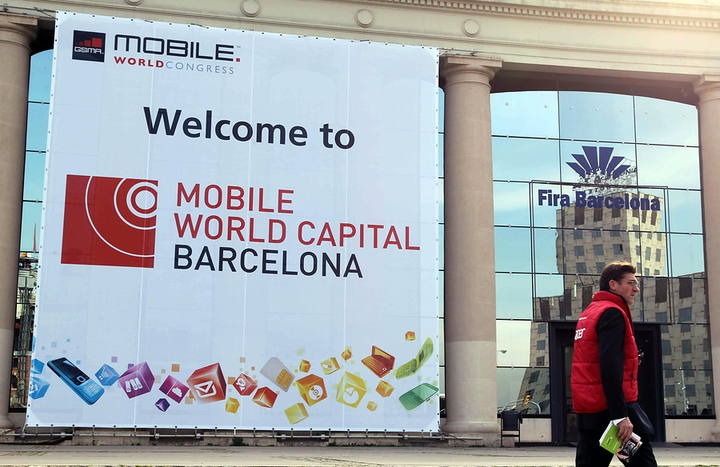
Where smartphones are concerned, the main trends at MWC 2017 focused less on technological prowess and more on improvements in terms of user-friendliness. The makers of the main mid-range and high-end smartphones due to hit the shops over the next few weeks boasted 2 or 3 of the following improvements:
- Optimised display with curved edges
- Longer battery life and less energy-guzzling components
- Greater precision for pictures and videos
- Artificial intelligence-enhanced voice assistants
- Fast battery-charging systems (30 minutes), such as QuickCharge or Boost
- Fingerprint sensors
The highly-publicised first announcements of the new models have revealed a number of details on the features we can expect (see tables below). As for the Samsung Galaxy S8 and S8+ phones, we’ll have to wait till the press conference on 29 March to confirm (or not) the rumours. But the information below will already give you a good idea of what to expect if you’re looking to buy a new handset.
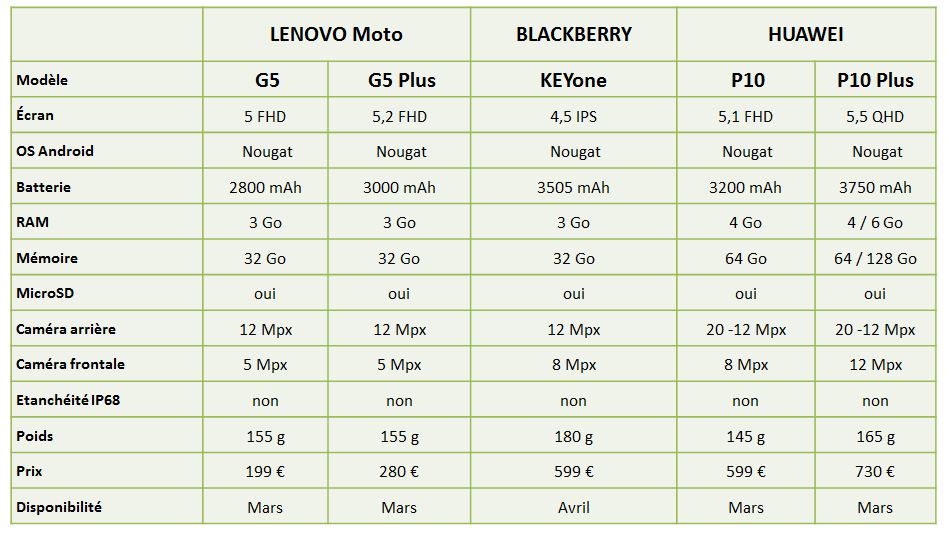
Find detailed specs of the 2017 smartphones: Lenovo Moto G5 and G5 Plus, BlackBerry KEYone and Huawei P10 and P10 Plus
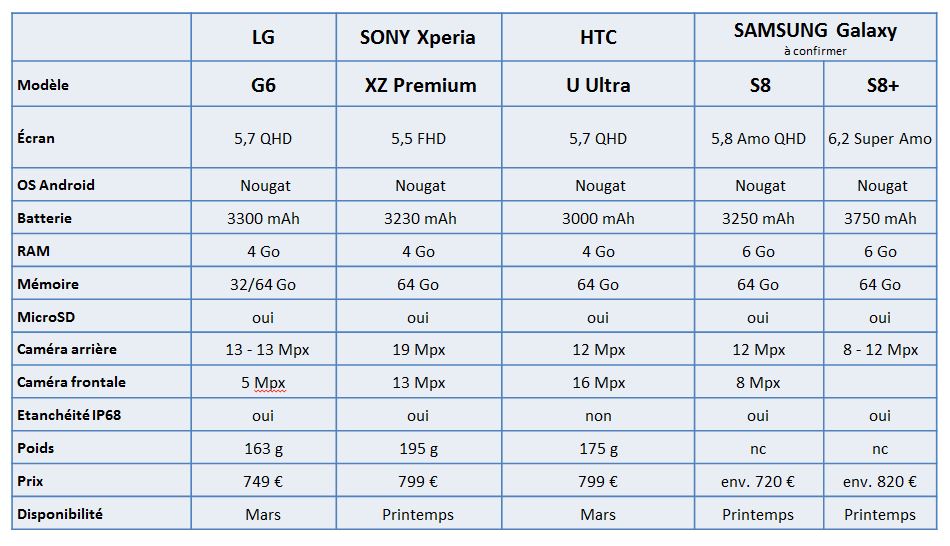
Details and specs: LG G6, Sony Xperia XZ Premium, HTC U Ultra and Galaxy S8 and S8 Plus
Android: king of the Mobile World Congress
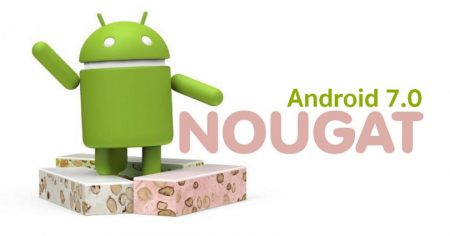
Android, and specifically its version 7, Nougat, which was released in August 2016, made quite a splash at Barcelona, with the announcement of updates to existing handsets and new models, including the BlackBerry KEYone. The OS is another thing the models presented at MWC this year – from which Apple, as usual, was notable by its absence – have in common.
Google and Apple’s OS are clearly monopolising the mobile device market (99.6% of models), with Android holding 81% of the market share whilst iOS has 18%, leaving a mere 0.3% for Windows Phone Microsoft, according to Gartner’s 2016 report.
Google Assistant makes artificial intelligence more accessible
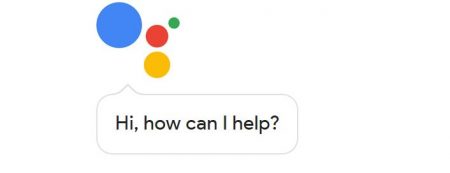
Already featured on its own smartphone, Pixel, Google’s voice assistant made another appearance at MWC on the new LG G6 phone. The assistant will also be deployed on all devices running Android Nougat (version 7.0) and Marshmallow (version 6.0), initially in English and German.
A few tips to understand FHD, QHD, mAh and IP68
- FHD or Full HD display: 1920 x 1080-pixel resolution
- QHD or Quad HD display (or 4xHD): 2560 x 1440-pixel resolution
- mAh: abbreviation for milliampere hour, an indicator of battery capacity. The higher the mAh, the longer the battery life. This of course depends on the energy consumption of the electronic components and the use of the device.
- IP68: international standard for water and dust resistance of electronic devices. A device with this rating can be immersed in 1.5 meters of freshwater for up to 30 minutes. IP68 is currently the highest standard of protection for smartphones.
- Sources: The Verge, Wikipedia










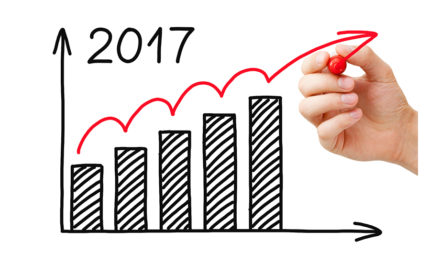






A brief and comprehensive list. Thank you it’s very helpful.
Toshiba has the largest number of consumer that uses it devices irrespective of the category and the quality they are promised to be given the best in class back-end technical services. which would eventually help out in maintaining the threshold that Toshiba Customer Service Number maintains.
The phones shared above seems very good from the users point of view.
Reviews play an important role for the users in selecting the best products, with the help of this article I bought the best phone, thanks to the reviews which are shared above.